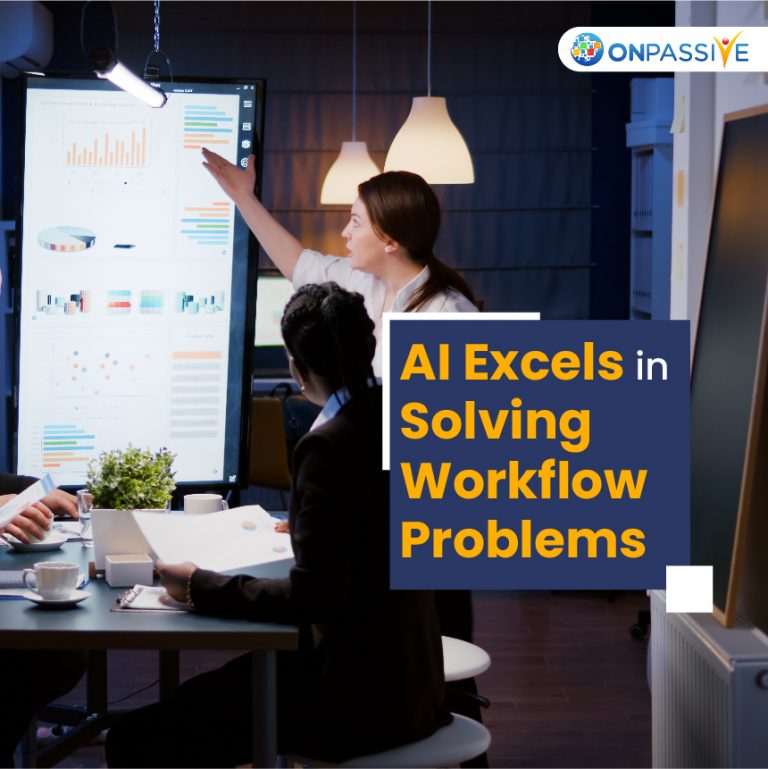
Marketing and advertising are primarily manual and scattered in terms of creative execution and production. As a result, companies and agencies face a challenge: their creative teams and production have fallen behind the needs for Digital Ad Content. AI can be of assistance using tools. Celtra utilizes machine learning and computer vision to speed up the development of content and creative marketing.
So, before we proceed let’s see what is Celtra?
Defining Celtra
Celtra is a software program that gives your creative teams and agencies the tools they need to be more productive at what they do. Businesses can create, manage, monitor, and master digital advertisements in one centralized location with our leading Creative Management Platform (CMP), which connects media, marketing, and creative teams.
Uses Of AI Tool Celtra
Celtra employs artificial intelligence in its products in a variety of ways. To recognize subjects/elements in creative assets, Celtra employs computer vision:
- To automate asset treatment, such as auto-cropping, placement within design, auto-sizing, and so on, for assets (for example, product photos).
- To develop creative taxonomies around assets and map them to brand-specific taxonomies in an automated fashion.
Use Of Celtra In Machine Learning
- By learning from user modifications to originally auto-generated layouts, to automate auto-generation of numerous ad layouts (e.g. multiple ad sizes, variants of layouts, cross-channel creation).
- By mapping previous on-market performance data to brand-specific creative taxonomies, it is possible to anticipate ad performance and give creative guidance for fresh campaigns.
How Does Marketing Use Celtra Tool?
For any sort of high-volume digital advertising use case, the AI tool Celtra is a great option. Example: An online retailer launching campaigns to increase recognition, traffic, and sales. Celtra software is used by a multinational CPG company that wants to activate global marketing toolkits in local marketplaces. Also, a supermarket chain that operates in several cities and regions must run a large number of customized, individualized weekly offers in the form of digital advertisements to reach its customers.
While media and eCommerce workflows have become more streamlined and automated, creative execution and production are still primarily manual and scattered. As a result, corporate marketers, media companies, and agencies are all experiencing a rising creative gap in their operations. Despite today’s content needs, creative data, creative teams, and creative production have not kept up.
Consumer, employee, and partner boredom is the business reality that Celtra remedies. It’s bad for business if it can’t connect to or interact with consumers, or if it can’t foster or nurture creative talent for success, you need to focus on three things: content, creativity, and learning Slow and uninteresting companies will be disrupted or die.
To keep up with creative output, manual production, outsourcing to agencies, and employing more employees in-house are all expensive and time-consuming. While saving time and money, companies can publish more content and campaigns faster with Celtra’s help.
Large business brands are presently benefiting the most from Celtra’s platform; if they’re running at least 500 distinct Creatives on digital at any given moment, they’re likely to profit from scalability and automation.
AI In Marketing
Many businesses and the marketing departments that support them are quickly using clever technology solutions to boost efficiency and productivity while also boosting customer satisfaction. Marketers may obtain a more sophisticated and complete picture of their target consumers by using these platforms. The information gleaned from this approach may subsequently be leveraged to increase conversions while also reducing marketing teams’ burden.
This includes detecting bias and stereotypes gender-based or race, as well as providing creative guidelines based on created work or raw assets, as well as paying attention to less obvious aspects of content, such as character roles and outfits, age and environment as well as the direction in which a person looks and their facial expressions.
Assisting with ad accessibility/using artificial intelligence to validate and auto-correct colour contrast ratios for text; automatically producing video or audio transcript overlays; and automatically generating alternative texts for all visual material, among other things
If you are looking for an email marketing tool for your business, O-Post is an AI-based tool by ONPASSIVE which allows businesses to announce campaigns via emails,
Conclusion
To sum up, AI is strong at addressing well-defined functional or procedural issues, but not so much at solving creative challenges that need creativity and outside-the-box thinking. Advertising and marketing problems are becoming more imaginative, and AI is having a hard time keeping up.


